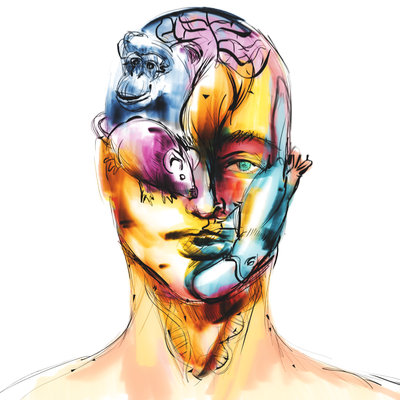
Kaessmann Lab
ZMBH Heidelberg

The molecular and cellular origins and evolution of vertebrate organs
Our lab has been interested in a range of topics related to the origins and evolution of organs in mammals and other vertebrates as well as the various underlying genomic/molecular changes. In the framework of our research, we have generated and analyzed comprehensive genomics (e.g., RNA-seq) datasets based on samples from our large organ collections. We have thus illuminated the origins and functional evolution of protein-coding genes, alternative splicing, long noncoding RNAs, microRNAs, and sex chromosomes across organs and species, as well as associated phenotypic implications. More recently, we have begun to bring the work of our lab to the level of individual cells using state-of-the-art single-cell genomics technologies and bioinformatics procedures. In a major set of new projects, we seek to scrutinize the origins and evolution of the vertebrate brain and its constituent tissues and cell types based on samples from representatives of all major vertebrate lineages, ranging from jawless vertebrates (e.g., the sea lamprey) to mammals (e.g., platypus and human). In other current projects, we investigate the evolution and development of gonads, liver and intestine (dietary adaptations), and the placenta across representative mammals.
Selected publications
Original papers
A male-essential microRNA is key for avian sex chromosome dosage compensation.
Fallahshahroudi, A., Taemeh, S.Y., Rodríguez-Montes, L. et al. (2025)
Nature 645: 148-157 URL
Developmental origins and evolution of pallial cell types and structures in birds
Zaremba, B., Fallahshahroudi, A., Schneider, C. et al. (2025)
Science 387: URL
Cellular development and evolution of the mammalian cerebellum
Sepp, M., Leiss, K., Murat, F. et al. (2023)
Nature 625: 788-796 URL
Sex-biased gene expression across mammalian organ development and evolution
Rodríguez-Montes, L., Ovchinnikova, S., Yuan, X. et al. (2023)
Science 382: URL
The molecular evolution of spermatogenesis across mammals
Murat, F., Mbengue, N., Winge, S.B. et al. (2022)
Nature 613: 308-316 URL
Developmental and evolutionary dynamics of cis-regulatory elements in mouse cerebellar cells
Sarropoulos, I., Sepp, M., Frömel, R. et al. (2021)
Science 373: eabg4696 URL
Transcriptome and translatome co-evolution in mammals
Wang, Z., Leushkin, E., Liechti, A. et al. (2020)
Nature 588: 642-647 URL
Gene expression across mammalian organ development
Cardoso-Moreira, M., Halbert, J., Valloton, D. et al. (2019)
Nature 571: 505-509 URL
Developmental dynamics of lncRNAs across mammalian organs and species
Sarropoulos, I., Marin, R., Cardoso-Moreira, M. et al. (2019)
Nature 571: 510-514 URL
Origins and functional evolution of Y chromosomes across mammals
Cortez, D., Marin, R., Toledo-Flores, D. et al. (2014)
Nature 508: 488-493 URL
The evolution of lncRNA repertoires and expression patterns in tetrapods
Necsulea, A., Soumillon, M., Warnefors, M. et al. (2014)
Nature 505: 635-640 URL
The evolution of gene expression levels in mammalian organs
Brawand, D., Soumillon, M., Necsulea, A. et al. (2011)
Nature 478: 343-348 URL
Reviews
Evolutionary dynamics of coding and non-coding transcriptomes
Necsulea, A., Kaessmann, H. (2014)
Nat Rev Genet 15: 734-748 URL
Origins, evolution, and phenotypic impact of new genes
Kaessmann, H. (2010)
Genome Res. 20: 1313-1326 URL
RNA-based gene duplication: mechanistic and evolutionary insights
Kaessmann, H., Vinckenbosch, N., Long, M. (2008)
Nat Rev Genet 10: 19-31 URL

Current and previous funding
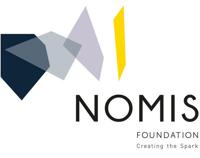
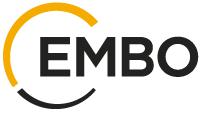
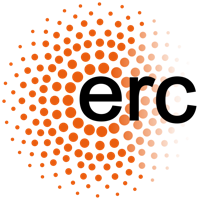
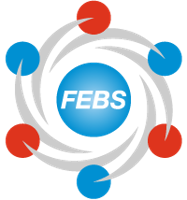
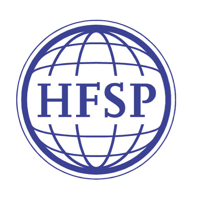
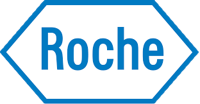


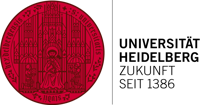


NOMIS Foundation
European Molecular Biology Organization
European Research Council
The Federation of European Biochemical Societies (FEBS)
Human Frontier Science Program
Roche Research Foundation
Swiss National Science Foundation
Lausanne University
Heidelberg University
Deutsche Forschungsgemeinschaft (DFG)
CellNetworks
Come and work with us!
PhD or postdoc position (bioinformatics):
Deep learning models and the evolution of mammalian gene regulation
Center for Molecular Biology (ZMBH), Heidelberg University, Germany
We are looking for a highly motivated PhD candidate or postdoctoral fellow, holding a Master’s or a PhD degree in computer science, computational biology, bioinformatics, or similar. A strong background in computational biology, machine Learning with pytorch or similar deep learning libraries is required.
The candidate will be co-supervised between the labs of Henrik Kaessmann (evo-devo single-cell genomic analyses) and Alexander Sasse (S2F models for synthetic genomics). The Kaessmann lab generates and analyzes single-cell data covering different aspects of gene regulation across mammals and other vertebrates to improve our understanding of their evolution and development. Dr. Sasse’s junior research group develops Deep Genomic Sequence-to-Function (S2F) models to explore how genomic sequences encode gene regulatory functions (Sasse lab).
This project aims at understanding the evolution of the cis-regulatory grammar across the development of humans and other primates/mammals. The candidate will develop and apply new S2F models on single-cell (or cell type specific) genomic data from different species to learn the cis-regulatory sequence elements that orchestrate development. Through multi-species training, the candidate will use these models to perform functional and evolutionary analyses across species and cell types to uncover regulatory changes that underlie phenotypic innovations.
The junior research group is part of the newly founded Carl-Zeiss Center for Synthetic Genomics (CZS Center SynGen, https://www.syn-gen.de/) and the Center for Molecular Biology (Zentrum für Molekulare Biologie Heidelberg, ZMBH, https://www.zmbh.uni-heidelberg.de/) at the renowned Heidelberg University. The CZS Center SynGen is supported by the Carl-Zeiss-Stiftung to promote research and development at the participating Universities in Heidelberg, Karlsruhe and Mainz to develop an internationally visible research focus on synthetic genomics. The Kaessmann lab is part of the ZMBH, which has a long tradition of conducting cutting-edge research in molecular and cell biology, as well as biomedicine.
Heidelberg is a picturesque international city next to the large Odenwald forest and Neckar river. It offers a very stimulating, diverse and collaborative research environment, with the European Molecular Biology Laboratory (EMBL), German Cancer Research Center (DKFZ), Heidelberg Institute of Theoretical Studies (HITS), and the Max Planck Institute for Medical Research located in close proximity to the University.
Joining the two groups offers a collaborative and international work environment where you can gain hands-on experience and develop crucial research skills. The roles provide invaluable opportunities for professional growth, equipping you with technical expertise at the intersection of AI/ML, genomics, and evolution. The positions come with flexible working hours, company pension scheme, annual special payments, 30 days of vacation, and a subsidized job ticket for public transport.
The salary of these positions will be based on the German public standard table TV-L E13. Applications should be sent to Dr. Alexander Sasse (office-sasse@zmbh.uni-heidelberg.de). The application should contain a short letter of motivation, a CV with a short description of prior research experience, copy of transcripts, and contact information for 2-3 references. Closing date for applications: January 10th, 2025.
Heidelberg University stands for equal opportunities and diversity. Qualified female candidates are especially invited to apply. Disabled persons will be given preference if they are equally qualified. Information on the application process and the collection of personal data is available at www.uni-heidelberg.de/stellenmarkt.
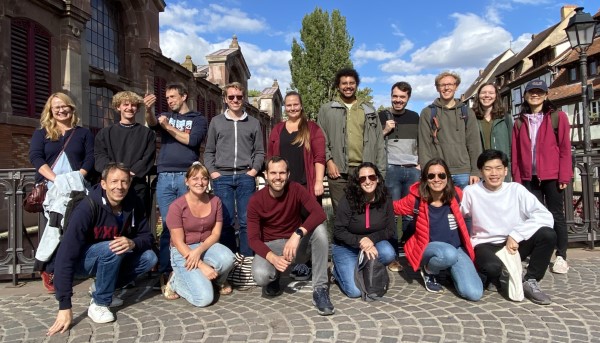
Contact
Administration: office-kaessmann@zmbh.uni-heidelberg.de
Lab Email: kaessmannlab@zmbh.uni-heidelberg.de
